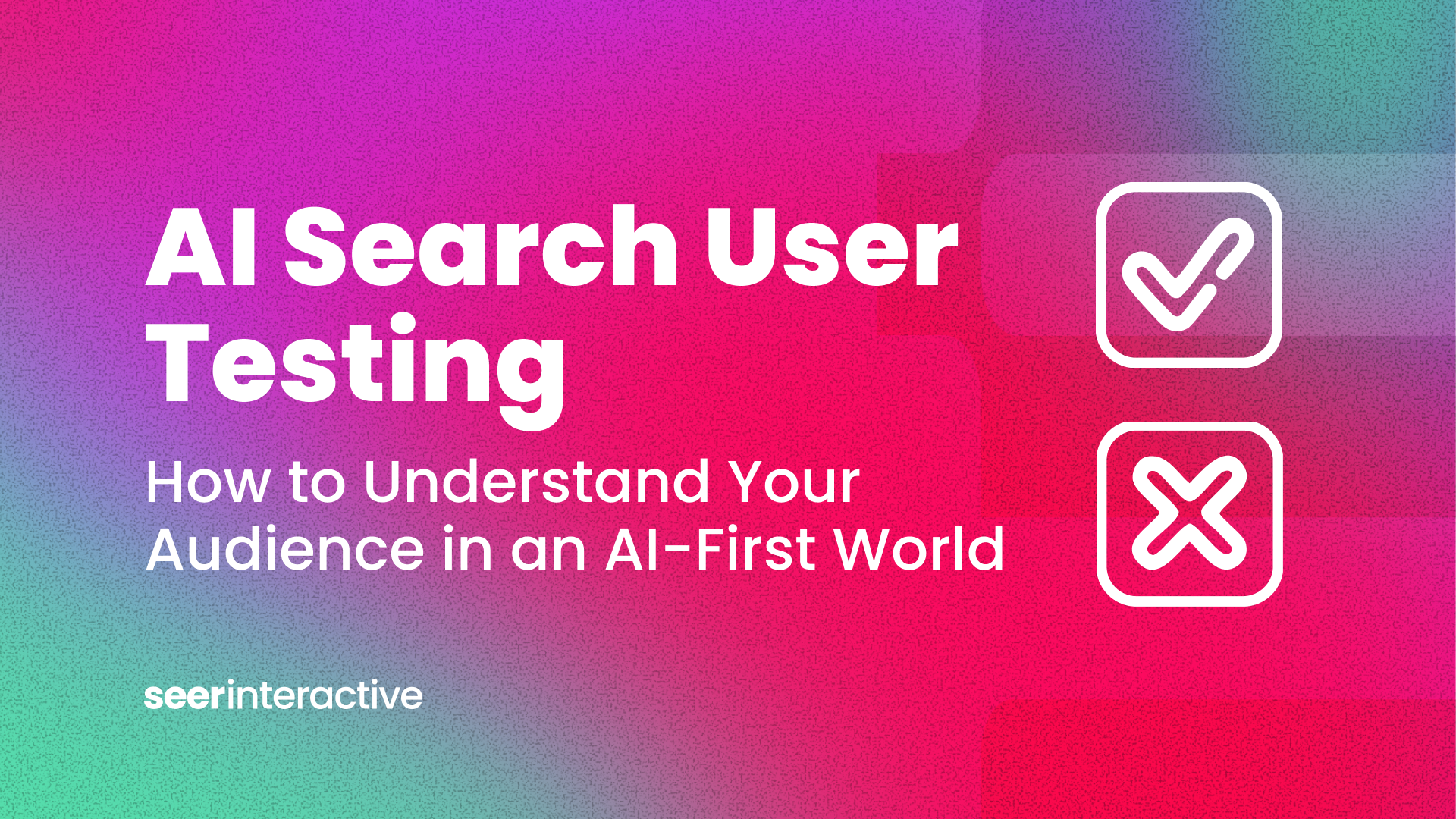How can we create more work with less budget, foster creativity, incorporate AI into our processes, build scalable systems, and support burnt-out teams? Essentially, how do we manage change?
This was the core question at Henry Strewart’s Creative Operations New York 2024 conference, which brought together cross-industry leaders from Paramount, Uber, Pat McGrath Labs, and hundreds more companies and agencies, to share their insights.
As leaders in the Creative industry, our role extends beyond maintaining consistency; we are also pioneers, driving innovation and initiating change. But I’ll be honest - talking about change can sometimes feel nebulous because the toughest aspects of management roles often hinge on soft skills rather than straightforward, repeatable tasks. Yes, thought leaders shared their strategies for integrating AI, prioritizing sustainability in content production, and frameworks for getting content to consumers faster, among other specific topics. However, the journey to these processes often involves more complex challenges–difficult conversations with coworkers and moments of staring at a computer screen thinking, “I have no idea how to solve this.” Resilience in the workplace isn’t something that can be distilled into a three-step process; it’s a quality honed by experienced managers through perseverance and experience.
That said, there are always nuggets of wisdom to be shared that can make our jobs a bit easier or provide a framework for our thinking. Here are the top takeaways from Creative Operations NY ‘24:
AI Is Integral to Creative Workflows.
As the adage goes, the best time to plant a tree was yesterday. The second best time is now. If you haven’t started using AI in earnest for your operations processes, you need to start doing so today.
Dax Alexander, the Global Managing Director at Oliver, discussed practical approaches to integrating AI, referring to the landscape of AI tools as a “jungle.” (One glance at his slide below shows he’s right.) With artificial intelligence experiencing a rapid innovation cycle, nearly every tool now incorporates or is built on AI. This has created an oversaturated market, making it impossible to test out every available tool.
Creative teams must determine how, when, and why AI is used on their teams, and then institutionalize it in a process. Otherwise, cautions Travis O’Neal, Vice President of Agency Operations & Delivery at Aquent Studios, we risk “confusing motion with progress.”
Culture Eats Strategy For Breakfast.
In times of significant change or uncertainty, the natural human response is fear and insecurity. During these moments, your company culture will always outweigh strategic plans. No matter how well-crafted your proposal is, if team members don’t feel secure, heard, and understood, the change management process is likely to fail.
As we navigate AI and process shifts, we must never lose sight of the fact that we’re leading teams of people, not just managing resources. People who may be worried about AI replacing their jobs or concerned about industry layoffs and team mergers.
A company culture rooted in curiosity, empathy, and support provides a strong foundation for navigating these changes. A culture based on fear will make it much harder to make pivots to support new AI processes.
The End Goal is Conversion, Not Volume.
Many companies, like Paramount Pictures, already leverage AI to produce thousands of assets per month. John Pagano, Vice President at Paramount Pictures, spoke about his team’s “punk rock” mindset - how they’re systematically embracing raw simplicity, evolving their processes to include AI, and turning their constraints into rocket fuel to produce 1,200 videos per month.
AI unleashes a world of possibilities for content versioning, localization, content and imagery swaps, and resizing assets with just the click of a button. But we can’t lose sight of the fact that we aren’t producing this volume of content simply for the sake of production. The goal is often to drive conversions. If you’re leveraging AI to scale outputs without seeing results, it’s time to reassess your strategy. We need to design processes that integrate AI effectively, while maintaining a focus on quality and creativity.
Focus on Your Champions AND Your Critics During Change.
“I live in change,” says Kate Schmieding, Creative Operations Director at NYS Office of General Services, when asked what her change mantra was.
As Operations professionals, we often straddle two worlds–we understand the high-level motivations behind changes, whether they’re driven by revenue goals, growth strategies, competitive pressures, or cultural shifts. At the same time, we work closely with the front-line team members who execute these changes daily.
Change often has its champions–those who are enthusiastic and motivated to embrace it–and its critics–those who resist and challenge it. Brianne Gallagher, Head of Creative Operations at Wayfair, emphasizes the importance of engaging with both groups. Encourage your champions to be a positive influence on their peers, and ensure critics feel heard and supported.
“So much of Creative Operations is about influence,” agrees Clair Carter-Ginn, a partner at Forecast Agency, who led the conference panel on Mastering Change Management. While Operations may not be directly executing the work, we play a crucial role in enabling our teams to perfect effectively and feel good about their contributions–a skillset that is essential and cannot be overlooked.
Wrap Up: Applying These Lessons to Your Creative Role.
At the various Creative conferences I've attended, the biggest takeaway is the reassurance that I'm not alone. We all face challenges and question our decisions while seeking solutions. If you work in Creative, I highly recommend attending these conferences to find your community—learning how other companies manage their operations and change cycles is invaluable.
Insights from Henry Stewart’s Creative Operations New York 2024 emphasize thoughtful AI use, prioritizing quality and creativity, and maintaining empathy. As Creative leaders, we’re not only guardians of consistency and the status quo; we’re also the trailblazers that drive change and spark innovation.


